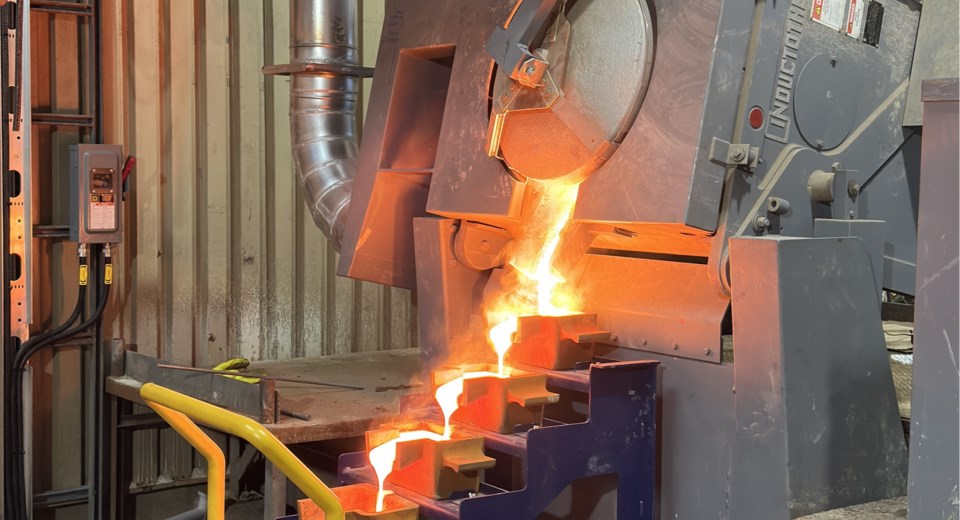An historic gold mine that has operated off and on in the Stewart area of British Columbia for more than a century is once again back in operation.
Ascot Resources Ltd. (TSX:AOT, OTCQX:AOTVF) recently marked a critical milestone for its Premier gold mine—first gold pour on April 20—and the mine is now in commissioning. The company expects full commercial production by the end of July.
“We’ll continue to make more gold pours and then we kind of get to a steady state and then we say we have a commissioned mill,” said Ascot Resources CEO Derek White.
With gold prices hitting a record high in mid-April, the timing is good for Ascot.
Gold prices have come down slightly from a high of US$2,400 per ounce in mid-April, but as of last week were still holding in the US$2,300 range. Silver prices were at US$27 per ounce as of last week.
Ascot’s feasibility study projected a net present value of $516 million and internal rate of return of 62 per cent based on gold prices being at US$1,400 per ounce and silver at US$17 per ounce.
“Costs have also risen, but not to the same extent the gold price has risen, so the margin that we make on every ounce we produce has gone way up,” White said. “So it’s extremely favourable to us.”
The Premier mine, located 25 kilometres north of Stewart, will be the first gold mine to go into production in B.C. since the Brucejack mine in 2017.
The original Premier gold mine began operating more than a century ago, in 1918, and continued to operate off and on for decades. It stopped operating more than two decades ago.
Ascot acquired the property in 2018 and acquired other nearby deposits, including the Red Mountain deposit. There are four deposits that will be mined from underground in a spoke-and-wheel design, with the four deposits feeding a central mill.
The mill had to be upgraded, as was a tailings pond and water treatment plant. But otherwise, much of the infrastructure that is needed for a mine was still in place, which brought the capital costs of restarting the mine down.
The total capital cost of bringing the mine back into production is estimated at $340 million.
“If we were going to do this on a greenfield basis … it would probably cost us a billion to a billion and a half dollars to build it,” White said.
“We save a lot of money by having a lot of this stuff already there, but we have to still spend money to bring it up to today’s standard.”
The mine is within Nisga’a First Nation treaty territory and has the support of the First Nation.
The Big Missouri deposit is the first being mined. Ascot plans to start underground mining at the Premier Northern Lights deposit in September, followed by the Silver Coin deposit in the fall of 2025.
Around 2029, the company then plans to start mining the Red Mountain deposit, which is 44 kilometres from the mill.
During construction, the project employed about 250 people, White said. Once in full operation, it will employ 200 to 250 people, not counting contractors.




